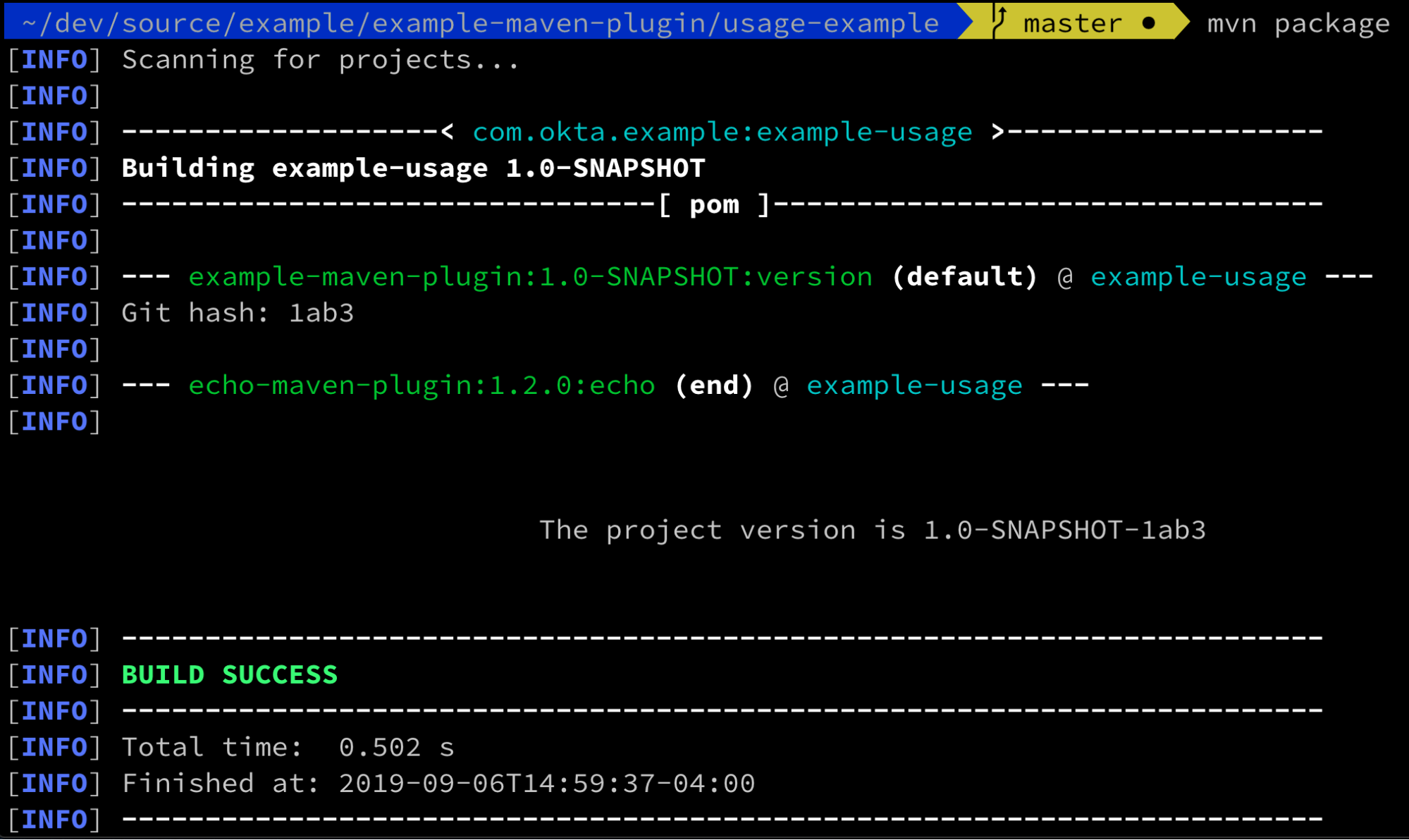How to Build and Parse JWTs in Java with JJWT
Video/Stream
This screencast walks you through creating JWTs with the Java library JJWT.
Video/Stream
This screencast walks you through creating JWTs with the Java library JJWT.
Tutorial: How to build a Maven plugin.

Apache Maven is still the most popular build tool in the Java space, thanks to the popularity of its ecosystem of plugins. It’s easy to find an existing plugin to do almost anything your application needs, from ensuring your source files have license headers, to validating binary compatibility between versions. Occasionally though, you need to write a custom plugin to fulfill a requirement in your product.

Last week we released Apache Shiro 1.3, and I shared a tutorial on the new Hazelcast support. Today, I’d like to introduce you to the new EventBus system and show you a couple different ways to use it. Shiro’s EventBus is implemented very similar to Guava’s EventBus, if you are already familiar with that, you already know how to use it.
It’s a fundamental tenet of Maven that release artifacts never change once they are released. This is enforced in Maven by the fact that once a release artifact or POM is located in the local repository, Maven will never check for an updated artifact in a remote repository. Once an artifact is released, it is considered a static, unchanging artifact. If you release an artifact and then subsequently change it (intentionally or otherwise), you’re in for some fun as people will have…
For a number of reasons you might want to require your developers to use a staging repository. Staged software releases in Nexus Professional are the best way to enable your development team to push a release to an artifact repository such as Nexus while providing management and quality assurance with a way to test and approve a release before “burning” it to production. If you want to learn how to make a staged release, you can watch this video. or read the remainder of this blog…